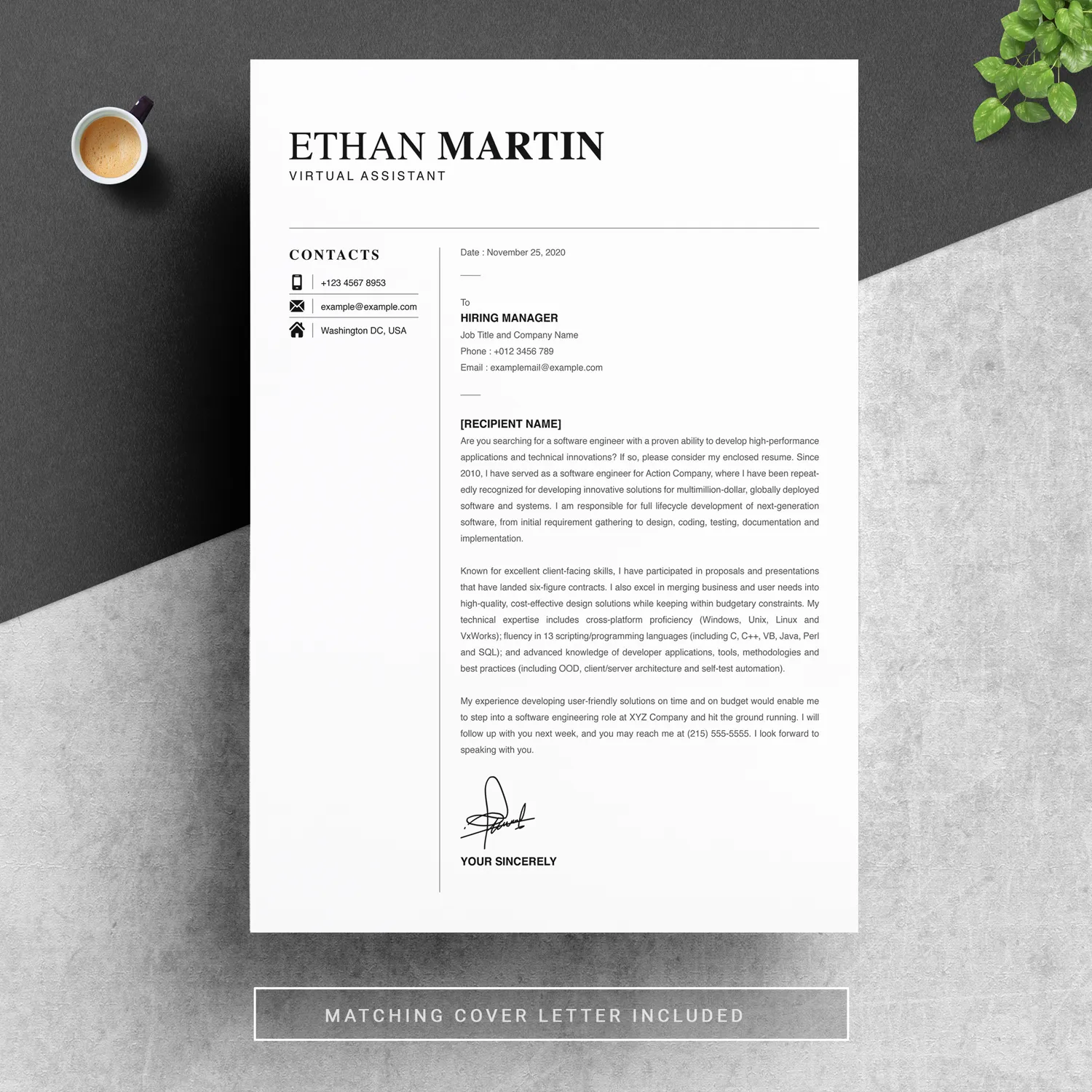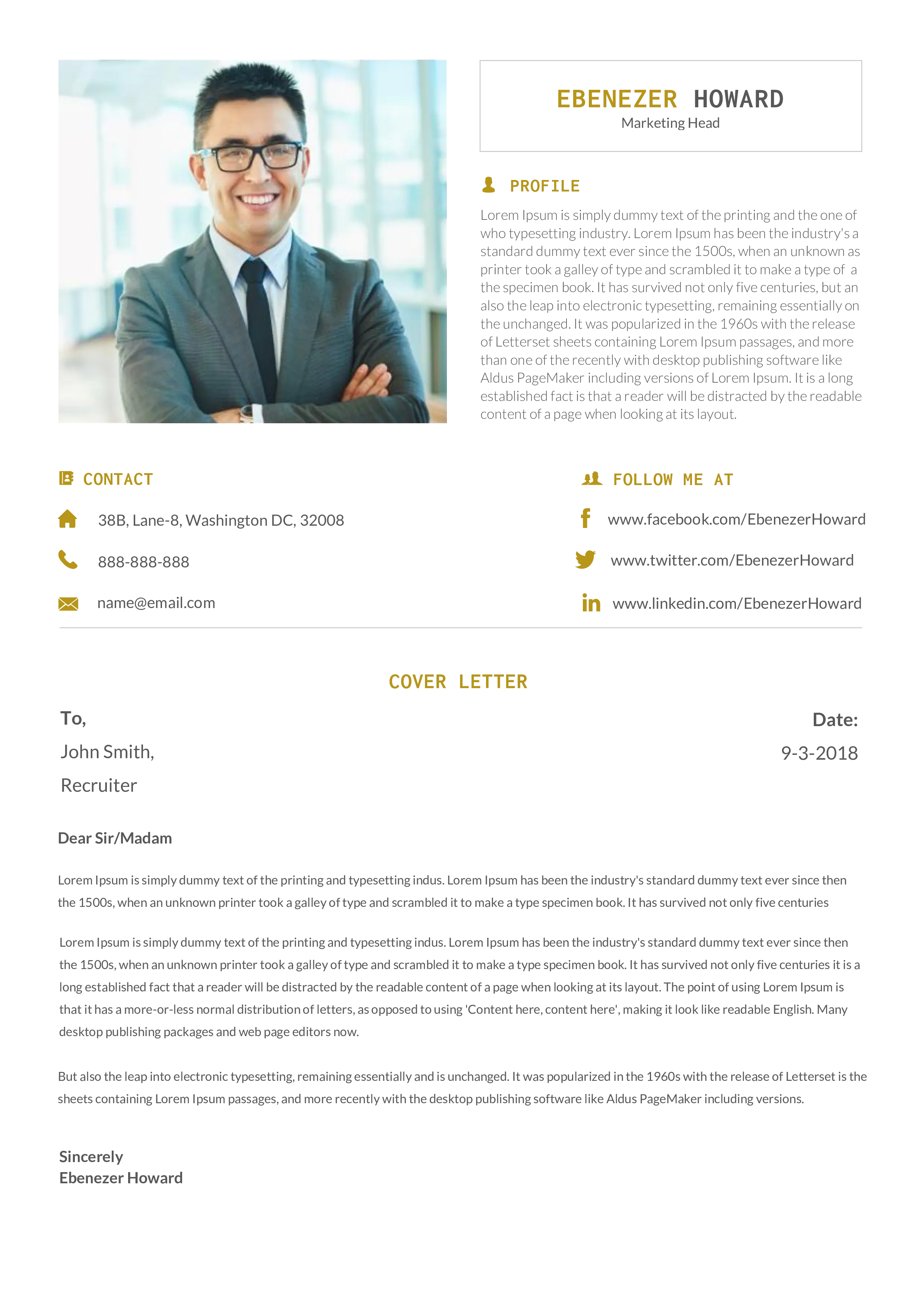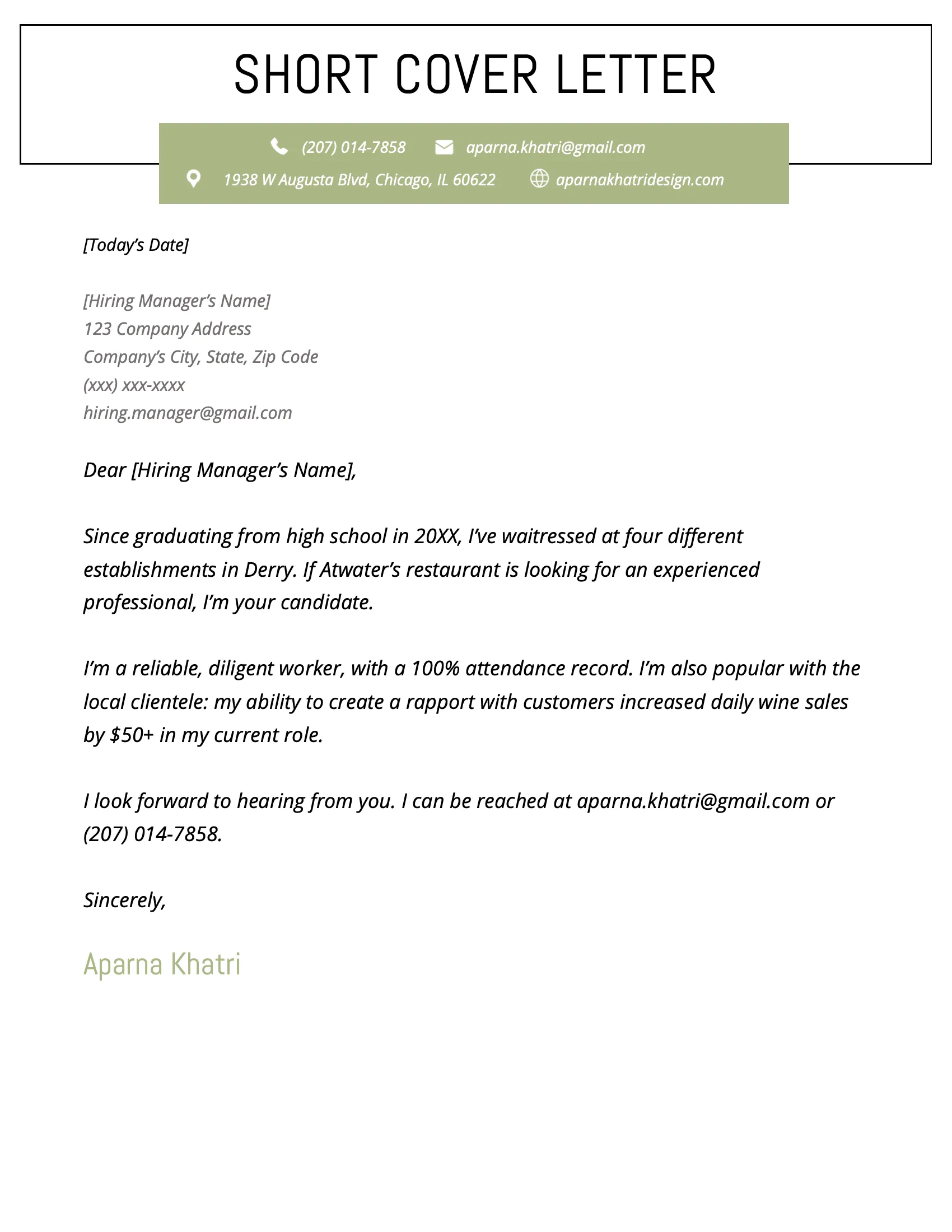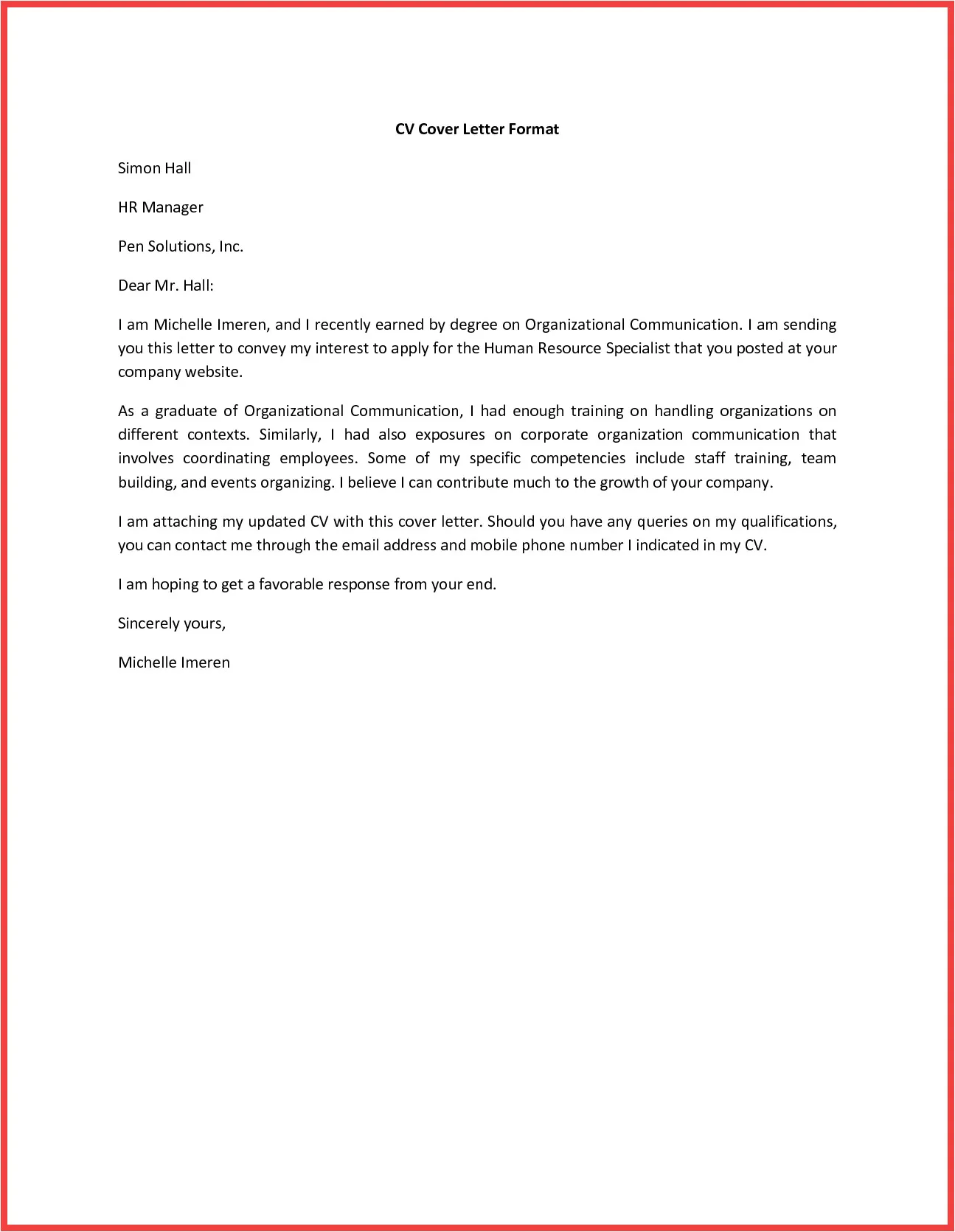Why a Quick Resume Cover Letter Is Essential
In the fast-paced world of job applications, a quick resume cover letter is no longer optional – it’s essential. Hiring managers and recruiters are overwhelmed with applications, and they spend very little time initially reviewing each one. A well-crafted, concise cover letter serves as your initial introduction, allowing you to immediately highlight your key skills and experiences and make a compelling case for why you’re a strong candidate. This is especially crucial in the age of online applications and Applicant Tracking Systems (ATS), where your resume may be scanned and filtered before a human even sees it. A quick cover letter allows you to inject personality, demonstrating your understanding of the job and the company’s needs. It’s your chance to capture attention quickly and significantly increase your chances of getting your resume noticed. In essence, a quick resume cover letter is your first opportunity to make a lasting positive impression, setting the stage for the rest of the application process.
Crafting a Concise & Compelling Cover Letter
Creating a concise and compelling cover letter is all about conveying your message effectively in a limited space. Aim for a letter that’s no more than four or five brief paragraphs. Each sentence must be impactful and contribute to your overall narrative. Start with a strong opening that immediately captures the reader’s interest, such as mentioning a mutual connection or showcasing your enthusiasm for the role. The body of the letter should focus on the most relevant aspects of your experience and skills. Use specific examples to illustrate your achievements and quantify your successes whenever possible. Avoid lengthy descriptions of your entire work history, instead highlighting what makes you the ideal fit for the job. Finally, conclude with a clear call to action, expressing your interest in an interview and thanking the hiring manager. Maintaining a professional and enthusiastic tone throughout is vital. Proofread the letter meticulously to eliminate any errors or typos. The goal is to create a quick, easy-to-read letter that still delivers a powerful punch.
Highlight Your Key Skills & Achievements

Your cover letter is a targeted showcase of your most relevant skills and achievements. Carefully analyze the job description and pinpoint the essential skills and qualifications the employer seeks. Then, select the most impactful examples from your resume that directly align with these requirements. Use specific examples to illustrate your successes, and quantify them whenever possible. Instead of stating “Managed projects,” you could say “Managed projects, resulting in a 20% increase in on-time project delivery.” This level of detail adds credibility and makes your accomplishments more memorable. Focus on recent and significant achievements, avoiding lengthy descriptions of less pertinent experiences. Tailor your examples to the specific requirements of the job, demonstrating you have the required skills to excel in the role. This targeted approach ensures your cover letter is concise and effective in highlighting your value to the employer. Remember to use action verbs to describe your achievements, making your letter more dynamic and engaging, and to provide the data which prove your achievements.
Top 5 Secrets for a Quick Resume Cover Letter
To create a quick resume cover letter that captures attention, consider these secrets. First, personalize your letter by addressing it to a specific individual if possible. Research the hiring manager or the relevant contact person and address the letter to them by name. This demonstrates that you have taken the time to research the company and are genuinely interested in the position. Second, state the specific position you’re applying for and, if applicable, how you learned about the opening. This immediately provides context and clarity. Third, keep it brief and to the point, using short paragraphs and concise sentences. Fourth, utilize a strong opening statement to grab the reader’s attention – a compelling anecdote, a bold statement, or a summary of your most relevant skills. Fifth, tailor your letter to each specific job, highlighting the skills and experiences that align best with the requirements. These secrets ensure your cover letter is impactful and stands out.
Focus on Relevance & Tailoring
Relevance and tailoring are critical for a successful quick resume cover letter. This means you must customize each letter to the specific job you are applying for. Begin by thoroughly reviewing the job description and identifying the essential requirements, skills, and experiences. Then, highlight the sections of your resume that best demonstrate how you meet these requirements. Avoid using a generic cover letter that could be sent to any employer. Instead, make sure your cover letter speaks directly to the needs of the company and the role. Show you understand the job and the company by referencing specific details from the job description or the company website. By tailoring your cover letter, you showcase your genuine interest in the position. The goal is to demonstrate that you are the ideal candidate for the job and that you have taken the time to understand the company’s needs. This customization vastly improves your chances of getting noticed and securing an interview.
Showcase Your Value Proposition

Your cover letter is your chance to showcase your unique value proposition – what you offer and why the employer should hire you. Start by identifying your unique selling points: the skills, experiences, and qualities that distinguish you from other applicants. Think about what you have achieved in previous roles, the problems you have solved, and the value you have created. In your cover letter, concisely summarize your key strengths and achievements, using specific examples to illustrate your impact. Quantify your results whenever possible, using numbers and data to illustrate your success. For instance, instead of saying “Improved customer satisfaction,” you could state “Improved customer satisfaction by 15% through implementing a new feedback system.” Make sure your value proposition directly aligns with the job requirements and the company’s goals. Show the hiring manager that you understand the role and the challenges. By clearly articulating your value proposition, you build a strong case for why you are the perfect fit and significantly increase your chances of success.
Keep it Brief & Easy to Read
Brevity and readability are essential components of a quick resume cover letter. Hiring managers often spend just a few seconds initially reviewing each cover letter. Keep your letter to a single page, using a clear, professional font such as Arial or Calibri. Use short paragraphs and concise sentences. Avoid jargon or complex language that might confuse the reader. Use bullet points or numbered lists to highlight key skills or achievements, making them easy to scan. Structure your letter logically with a clear introduction, body, and conclusion. Proofread your letter carefully to eliminate any errors or typos. A well-written, easy-to-read cover letter will make a strong impression and significantly improve your chances of getting an interview. The goal is to provide a quick overview of your qualifications and capture the reader’s interest without overwhelming them with excessive detail, so be clear.
Tips for a Strong Opening
The opening of your quick resume cover letter is critical for grabbing the reader’s attention immediately. Avoid generic openings and instead create a strong hook. Consider mentioning a mutual connection, or highlight a relevant achievement or skill that aligns with the job requirements. For example, if the job requires project management, you might start with a statement about your successful project management experience. Clearly state the position you are applying for and, if applicable, how you discovered the opportunity. This provides immediate context and establishes your purpose. Keep your opening concise and focused, clearly conveying your enthusiasm. A well-crafted opening will make the hiring manager want to read the rest of your letter and learn more about your qualifications and experience. A compelling beginning gets you noticed.
How to Close Your Cover Letter Effectively

A strong closing is essential for leaving a lasting positive impression. Reiterate your interest in the position and express your enthusiasm for the company. Summarize your key qualifications and emphasize why you are a good fit for the role. Clearly state your availability for an interview and provide your contact information. Express your gratitude for the hiring manager’s time and consideration. Avoid clichés or generic phrases; use a professional, enthusiastic tone that accurately represents your personality. Ensure your contact information is accurate and up-to-date. Proofread your closing carefully to prevent errors or typos. A well-crafted closing will solidify a positive impression and significantly enhance your chances of getting an interview. A confident and professional closing is as important as the opening.
Proofreading & Formatting Best Practices
Proofreading and formatting are essential for a polished and professional quick resume cover letter. Errors can create a negative impression. Proofread your letter carefully for any grammatical errors, typos, or inconsistencies. Use a grammar and spell checker, but don’t rely on it exclusively. Read your letter aloud to catch awkward phrasing. Consider having a friend or colleague review your letter for a fresh perspective. In terms of formatting, use a clear and professional font like Arial or Calibri, with a font size of 11 or 12 points. Use consistent spacing and margins throughout the letter. Keep the letter concise, ideally to a single page, with short paragraphs and concise sentences. Ensure your contact information is accurate and easily accessible. A well-proofread and formatted cover letter demonstrates attention to detail and professionalism, increasing your chances of securing an interview.
